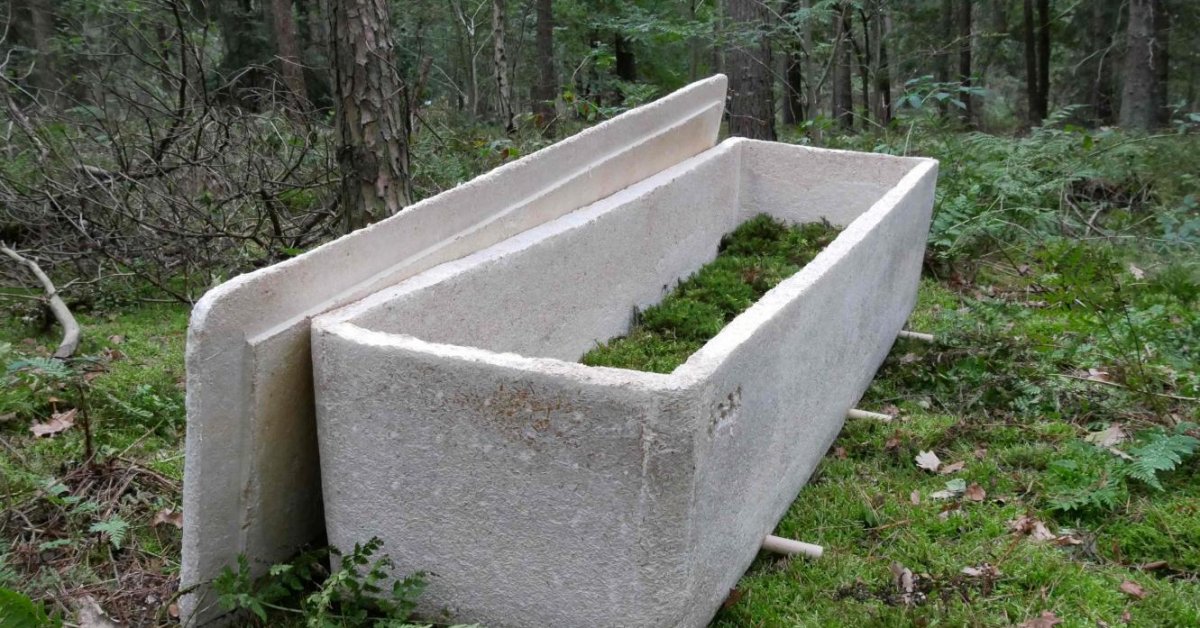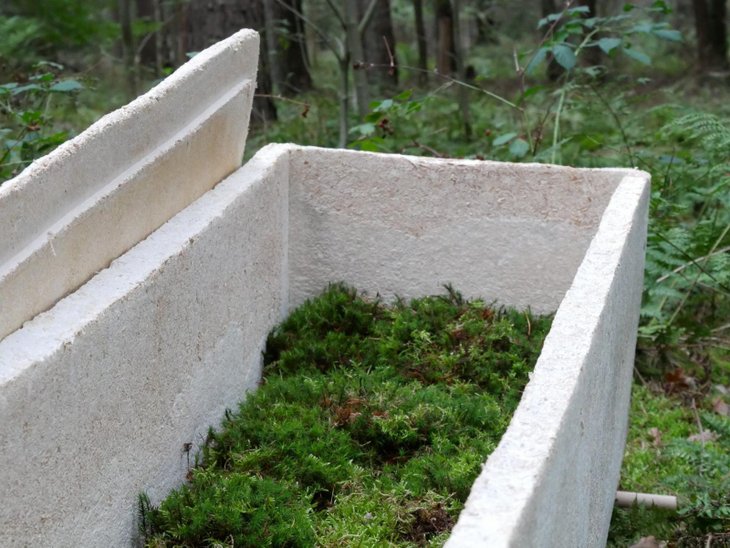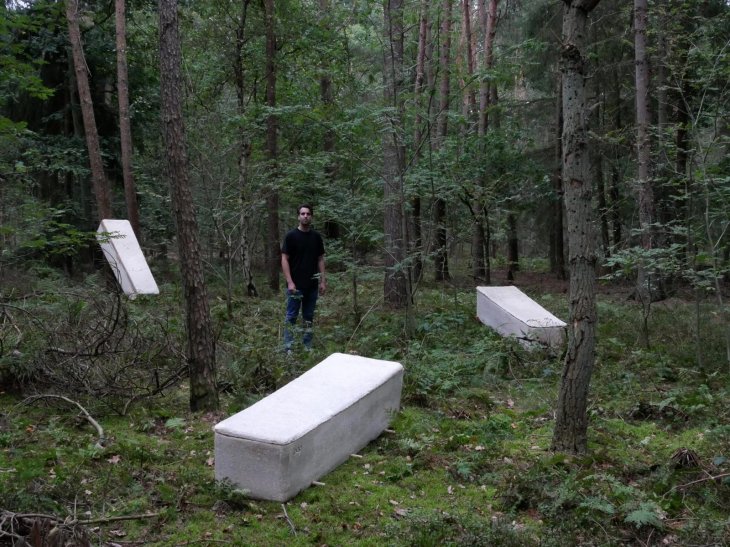This Living Mushroom Coffin Eats And Turns Dead Bodies Into Nutrients
Aadhya Khatri - Sep 21, 2020

The coffin consists of a moss bed housing a microorganism ecosystem, plant roots, and mycelium
For thousands of years, people have been practicing special burial and funeral rituals to honor the dead but now, when the green burials take the limelight, we are seeking more environmentally friendly ways to house corpses.
The latest inventions following this trend is Loop - a Dutch biotech firm. Dubbed the “Living Cocoon,” the bio coffin is made out of microbes, fungus, and roots. What it does is accelerate the decomposition process while enriching the soil around.

According to Bob Hendrikx, Loop’s founder, humans usually take something out of nature, kill it and use it. So he thought why we didn’t stop being a parasite and started exploring cool materials, including self-healing walls, and living lights.
The idea came to Hendrikx last year while he was presenting the concept of a living home at Dutch Design Week. Houses are for the living obviously but then he thought of applying the same concept to make the final resting places for the dead, using mushroom mycelium, fungus’s filamentary vegetative part.
Hendrikx said mycelium is the most effective recycler of nature and it always looks for dead matters to transform into nutrients.
The Living Cocoon is the joint effort of the Naturalis Biodiversity Center Delft University of Technology and Loop. It consists of a moss bed housing a microorganism ecosystem, plant roots, and mycelium.

The coffin has already been launched and one of them has been used for burial in the Hague.
Tests show that the Living Cocoon degrades after 30 to 45 days and the body inside will be composted after three years. Mushroom can clean the soil of contaminants so its designers want to use the coffin to purify polluted environments in the future.
>>> Indonesia Places Coffins In The Streets To Warn People About COVID-19
Featured Stories

Features - Jul 01, 2025
What Are The Fastest Passenger Vehicles Ever Created?

Features - Jun 25, 2025
Japan Hydrogen Breakthrough: Scientists Crack the Clean Energy Code with...

ICT News - Jun 25, 2025
AI Intimidation Tactics: CEOs Turn Flawed Technology Into Employee Fear Machine

Review - Jun 25, 2025
Windows 11 Problems: Is Microsoft's "Best" OS Actually Getting Worse?

Features - Jun 22, 2025
Telegram Founder Pavel Durov Plans to Split $14 Billion Fortune Among 106 Children

ICT News - Jun 22, 2025
Neuralink Telepathy Chip Enables Quadriplegic Rob Greiner to Control Games with...

Features - Jun 21, 2025
This Over $100 Bottle Has Nothing But Fresh Air Inside

Features - Jun 18, 2025
Best Mobile VPN Apps for Gaming 2025: Complete Guide

Features - Jun 18, 2025
A Math Formula Tells Us How Long Everything Will Live

Features - Jun 16, 2025
Comments
Sort by Newest | Popular